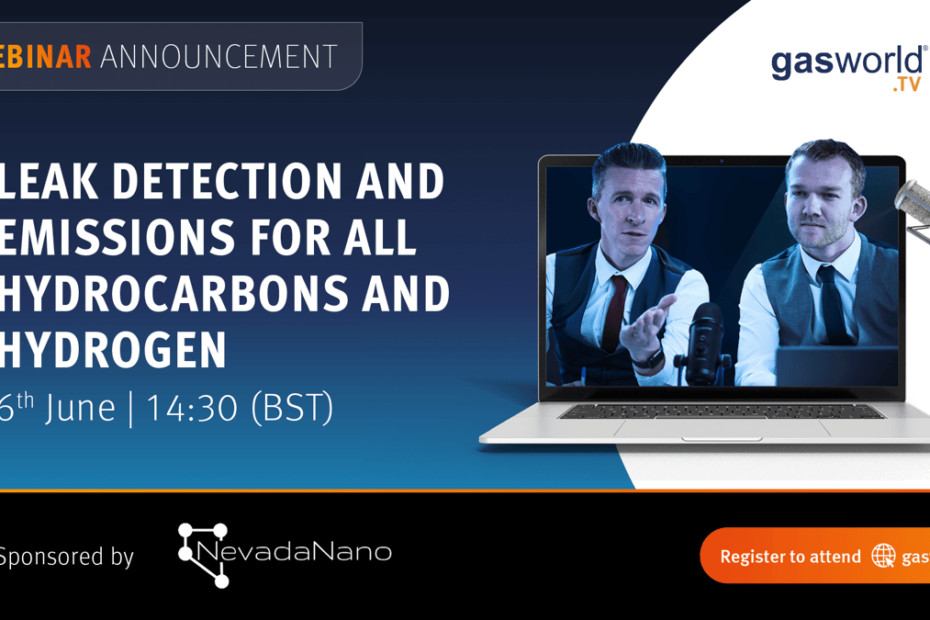Few areas are more important to industrial gas companies than leak detection. And with increased scrutiny on curbing emissions, ensuring safety and sustainability in all operations is vital.
In today’s NevadoNano-sponsored webinar, Gary Collins, Vice-President of Sales & Marketing, and Jason Ayres, Field Services Manager, took attendees through the technologies and options available to ensure efficient and cost-effective processes.
NevadaNano provides safety and climate tech for many of the world’s largest corporations, including multi-gas sensing products and continuous IoT monitoring systems based on its proprietary Molecular Property Spectrometer (MPS) sensor platform.
Collins outlined the properties of the MPS, which can be configured to detect a variety of gases and different industry applications, such as flammable gas, HVAC and refrigerant, fugitive emissions, or battery off-gassing.
One of its key benefits is the sensor’s 15-year life. It is ‘intrinsically safe’ with no field calibration required. And it can hold more than eight years of supporting data, operating in ranges from –40 to 75°C and up to 100% humidity.
A micro-electromechanical system transducer features a thermally isolated heater and resistance thermometer mounted to a PCB and open to ambient air. The power required to heat the transducer to multiple temperatures is a function of thermodynamic properties of the gas mixture.
“People don’t always appreciate that production is a large emitter,” said Collins, adding that it typically accounts for up to 46% of emissions, followed by transmissions & storage (27%), distribution (16%), and processing (11%).
Moving onto LDAR (leak detection and repair) options, he said most companies are aware of different portable/non-continuous and fixed/continuous options that are available.
In the first category, thermal cameras are well proven and mostly reliable, although they can be inconsistent depending on operators and the environment.
“We are seeing many organisations now starting to use drones, which are great when you’re trying to reduce emissions from a ‘layered’ approach across your estate – but, again, it’s a survey for that moment in time, and things can change,” he said.
In the fixed and continuous area, satellites have changed awareness of sites.
“If it’s a remote site, satellites are a fantastic approach – but you’re looking at quite large leaks for it to be detected,” he said.
He showed slides on developing an LDAR strategy and automated emissions monitoring, featuring NevadaNano’s MethaneTrack – a battery-powered device with an MPS sensor in it – and EmissionsTrack, which can detect all hydrocarbons and hydrogen.
Units sold now exceeds 11,000, covering onshore and offshore, and MethaneTrack can typically be installed by a single technician “in just a few hours”.
Ayres shared case studies, covering upstream (pumpjacks and wellheads, tank and ‘thief hatch’ emissions and compressors), downstream (floating roof tanks) and distribution (cabins).
“As with all technologies, improvements in how equipment is manufactured can help reduce emissions,” he said. “What legislation and customers are looking at is fixed continuous systems – these types of technologies are really being investigated in much more detail.”
Finally, Collins explained the company’s work with Future Grid over the last three years, which included tests with hydrogen at 5%, 20% and 100%.
“Hydrogen is very different. It has allowed us to refine algorithms and be confident in the hydrogen qualification accuracy,” he said.
NevadaNano is looking at developing automated reports on methane intensity by shipment, as well as carbon credit reports.
To watch the webinar on demand click here
